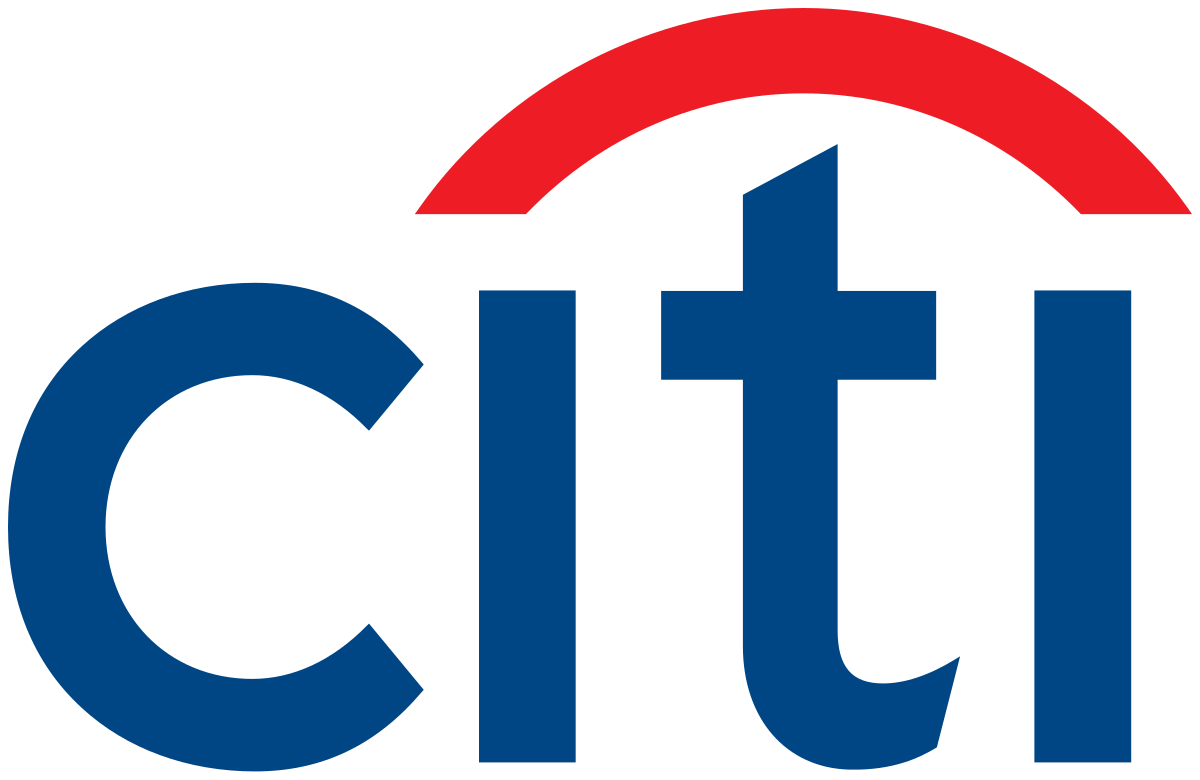If anecdotal evidence is to be trusted, then a recent research piece by the Citi strategy team in the US would suggest that fixed income factors is an area of interest among traditional active managers.
“Fixed income factorization…has piqued [their interest] both from a product development and potential use standpoint, large asset owners (i.e. insurers) and current ETF industry players,” write Citi analysts Drew Pettit and Scott Chronert.
Pettit and Chronert go on to say, in that inimitable US fashion, that it is “early innings” for smart beta ETFs in fixed income – the overall product count in the US stands at 50 with aggregate AUM of nearly $8.9bn. But with strategies for how smart beta fixed income will take on more traditional investment forms, it is clear that there will ever greater take-up in the years to come.
In retail they suggest that smart beta’s claim to provide “better beta” will be the use case likely to resonate. “Year-to-date, multi-factor/yield enhanced products are seeing inflows. We do consider these products as threats to industry incumbents, more so to traditional beta exposures in the near-term than active managers.
Meanwhile, in the institutional world it is the potential for smart beta to be used for tactical exposure that will mean they will grow in popularity, particularly as electronic and portfolio trading proliferates.
In this sense, then, the Citi team suggest smart beta can be viewed as either “tool or threat”, depending on the circumstances of their use.
Future positioning
Pettit and Chronert make the point that in terms of how portfolio managers are already utilising ETFs, they have key roles, first in terms of liquidity then in tactical and systemic trading.
In liquidity terms, ETFs should be more tradeable and this is the “most important consideration.” “Funds with a high ratio of secondary (on-exchange) to primary (create/redeem) trading or liquid underlying bonds (think Treasuries, cash alternatives) are attractive here,” say Pettit and Chronert.
In tactical usage, investors will be looking for differentiated exposure. “Given a shorter time horizon, cost considerations are far less important,” they write. “Knowing your index and how it should perform in various environments is a necessity.”
Lastly, systemic usage should be representative of an investor’s core, long-term views of an asset class. “These funds should be used to reduce the number of line items in a portfolio. ETFs should be more diversified with moderate to low carrying costs,” say Pettit and Chronert. “Portfolio construction considerations should modestly outweigh cost concerns.”
As mentioned, the degree of development in the smart beta fixed income space in the US is – to date at least – limited but the sings of an uptick are there form last year which saw 18 new listings in this area, a new annual high.
As can be seen, Invesco leads the way with 15 followed by WisdomTree with seven and iShares with five.
Pettit and Chronert say that from a sector standpoint, product proliferation has been most noticeable in corporate and multi-sector categories. However, it is emerging market which has the most AUM with Invesco’s Emerging Markets Sovereign Debt being by far the biggest smart beta fixed income fund with $3.189bn in AUM. Its nearest competitor is the Van Eck Fallen Angel High Yield Bond ETF at $992m.
Given the volatility in both emerging markets and high yield, Pettit and Chronert make the point that growth in smart beta fixed income from here is “unlikely to be linear.” Year-to-date flows show that WisdomTree’s Yield Enhanced US Aggregate Bond, the JP Morgan US Aggregate Bond and the NuShares Enhanced Yield US Aggregate Bond have been gathered in the most AUM at $221m, $137m and $114m respectively.
Tool or threat
Turning to what they see as the “most contentious” question around smart beta in general, the Citi team tackle the ‘threat or tool’ issue specifically around the fixed income area, determining that the answer is a mixture of both depending on where and how smart beta fixed income ETFs are used.
"The ‘tactical’ use case suggests ETFs are tools for investment managers," Pettit and Chronert write. "However, ‘systematic’ replication of alpha is a threat to active managers, while attempts to create ‘better beta’ is an attack on traditional beta incumbents."
In general, they found that ETF issuers, perhaps understandably, have created more systematic products that can be viewed as threats or replacements for both active and traditional beta than they have made tactical trading tools.
And yet, AUM has gravitated towards ETFs which can be seen as tactical trading tools. “This helps strengthen our call that institutional adoption of ETFs is a likely growth engine for smart beta,” they write.
But Pettit and Chronert do point out that flow trends have diverged. “Core multi-sector ETFs have pushed ‘threat’ ETF flows higher year-to-date, while outflows from EM debt and high yield more broadly have hindered the growth of ETF “tools’,” they say. “This further reinforces how sector trends and risk-on/off environments can influence fixed income smart beta growth.”







